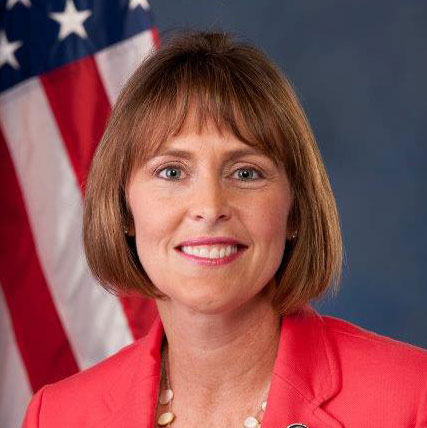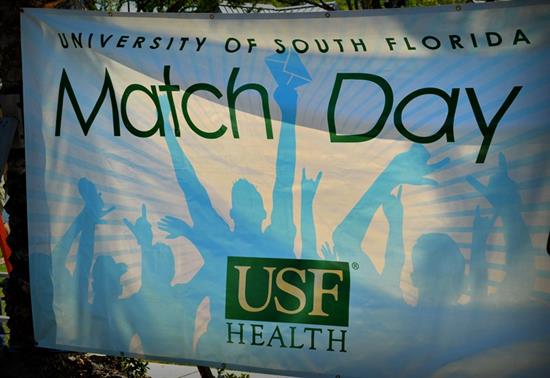Press Release
U.S. Rep. Castor: National Match Day underscores need for more medical residenciesToday, USF med school grads learn where they are matched to do their residency training
Washington,
March 20, 2015
Today is Match Day – an annual rite of passage for medical school graduates across the country, including students from University of South Florida’s Morsani College of Medicine, who will learn where they will receive their medical training – or residency – for the next three to seven years. “I am so proud of our students who are tomorrow’s leaders in health care and medical innovation. Match Day is an emotional day for these students and their family and friends who have encouraged them throughout their journey. I wish them the very best as they put what they have learned into medical practice and patient care,” said U.S. Rep. Castor, who last year attended USF’s Match Day event. In 2014, more than 40,000 applicants vied for over 29,000 graduate medical training positions – or residency slots – at institutions across the country and this year’s match is expected to be even larger, according to the National Resident Match Program. “I am deeply concerned that because of the low number of residency slots available in Florida while our population is growing, our neighbors across the state will soon find it very challenging to access a doctor,” said U.S. Rep. Castor, who along with U.S. Rep. Joe Heck filed the bipartisan Creating Access to Residency Educate (CARE) Act to boost the number of resident physicians in Florida through creative partnerships with health providers. “Doctors most often practice where they train, not where they attend medical school. Florida needs more residency slots, otherwise the state will pay to educate but will not retain the next generation of doctors.” U.S. Rep. Heck, who is also a physician, said that addressing the doctor shortage, “is one of our most critical public health challenges.” Teaching hospitals in states like Florida are forced to use their low numbers for residency slots calculated nearly 20 years ago for the Balanced Budget Act. Many of these states have seen a huge population boom since that time and are using state resources to educate doctors to meet their health care demands, only to lose them to states with more residency slots and often with smaller populations. USF is one of nine medical schools in Florida. The CARE Act aims to create $25 million in grants that would allow hospitals in states, like Florida, with a low ratio of medical residents to citizens to apply for matching funds to support increases in residencies. The CARE Act is focused on creating local partnerships and buy-in. According to a 2013 study by the Association of American Medical Colleges, Florida had 19 medical residents per 100,000 residents, which was below the national averages of 36.6 residents per 100,000. Plus, the same organization concluded that Florida averages a higher number of physicians who are 60 years and older, indicating that many will retire over the next few years. In February, the Florida Safety Net Hospital Alliance warned that Florida will be short 7,000 doctors by 2025 if more residencies are not created to keep up with the demand. Earlier this month, the Association of American Medical Colleges reported that the country faces a shortage of as many as 90,000 physicians. To drive more investment in our nation's physician workforce, earlier this year U.S. Rep. Castor stepped up to serve as co-chair of the Congressional Academic Medicine Caucus, a 40-plus member bipartisan group dedicated to maintaining and strengthening our nation's reputation as having the world's most advanced medical care. ###
|


